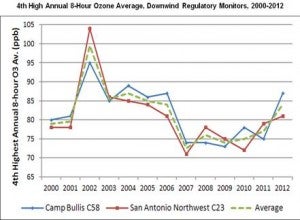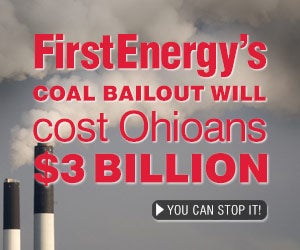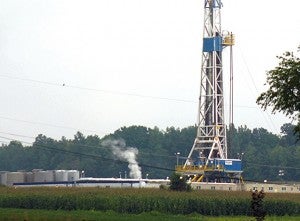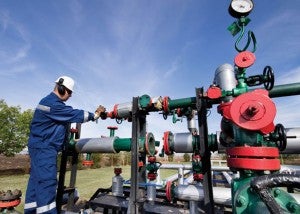
Assemblymember Lorena Gonzalez with Mama Summit participants
By: Loni Russell, California Field Manager, Moms Clean Air Force
Who among us has not felt the power of a mom? My mom was one of the hardest-working women I’ve ever known, yet she still found the time to do so much for me. So when moms take on the role of advocates and activists, watch out.
Last week, moms in California showed up big time. And as the lead organizer for that event, I’m here to give you a birds-eye view of what happens when moms decide to raise their voices.
On Thursday, May 21, over 40 mothers, parents, grandparents, and supporters from across California gathered in Sacramento at the state capitol building for our Mamma Summit California. The Mamma Summit is part of a series of events hosted by Moms Clean Air Force (MCAF), an organization which encourages and enables moms and parents to advocate for climate action for the health and future of their families. We at MCAF teamed up with Environmental Defense Fund, Climate Parents, the American Lung Association in California, The Greenlining Institute, and California Interfaith Power and Light to put together a full day of advocacy for participants.
Our group of moms, motivated to make their voices heard, showed up bright and early to the Capitol. They came to tell lawmakers that they expect California to continue to lead on fighting climate change and supporting clean energy to protect their air and keep their kids healthy and thriving. We were honored that the Senate Pro Tem Kevin de León, architect of this year’s Senate climate package on which the Summit’s advocacy was based, greeted us first thing in the morning to thank the parents for their resolve. Senators Fran Pavley, mother in her own right of California’s climate leadership, and Richard Pan, staunch defender of children’s health, also came by to thank us for being there and reinforce the importance of our presence. Read More »
 New York has embarked on a major energy reform that will change the way electricity is produced, distributed, and priced in the state. The effort, called ‘Reforming the Energy Vision’ (REV) has the potential to scale up the use of local renewable energy resources and widely deploy energy efficiency technologies, reduce energy bills, and give customers greater control over their energy use.
New York has embarked on a major energy reform that will change the way electricity is produced, distributed, and priced in the state. The effort, called ‘Reforming the Energy Vision’ (REV) has the potential to scale up the use of local renewable energy resources and widely deploy energy efficiency technologies, reduce energy bills, and give customers greater control over their energy use.










 In the past few weeks, I have written extensively on the $3 billion bailout proposed by FirstEnergy, the giant utility that provides electricity across Ohio and multiple other states. For those of you who want to catch up on what FirstEnergy is up to and why the proposal is such a bad idea, take a look at our recent
In the past few weeks, I have written extensively on the $3 billion bailout proposed by FirstEnergy, the giant utility that provides electricity across Ohio and multiple other states. For those of you who want to catch up on what FirstEnergy is up to and why the proposal is such a bad idea, take a look at our recent 

